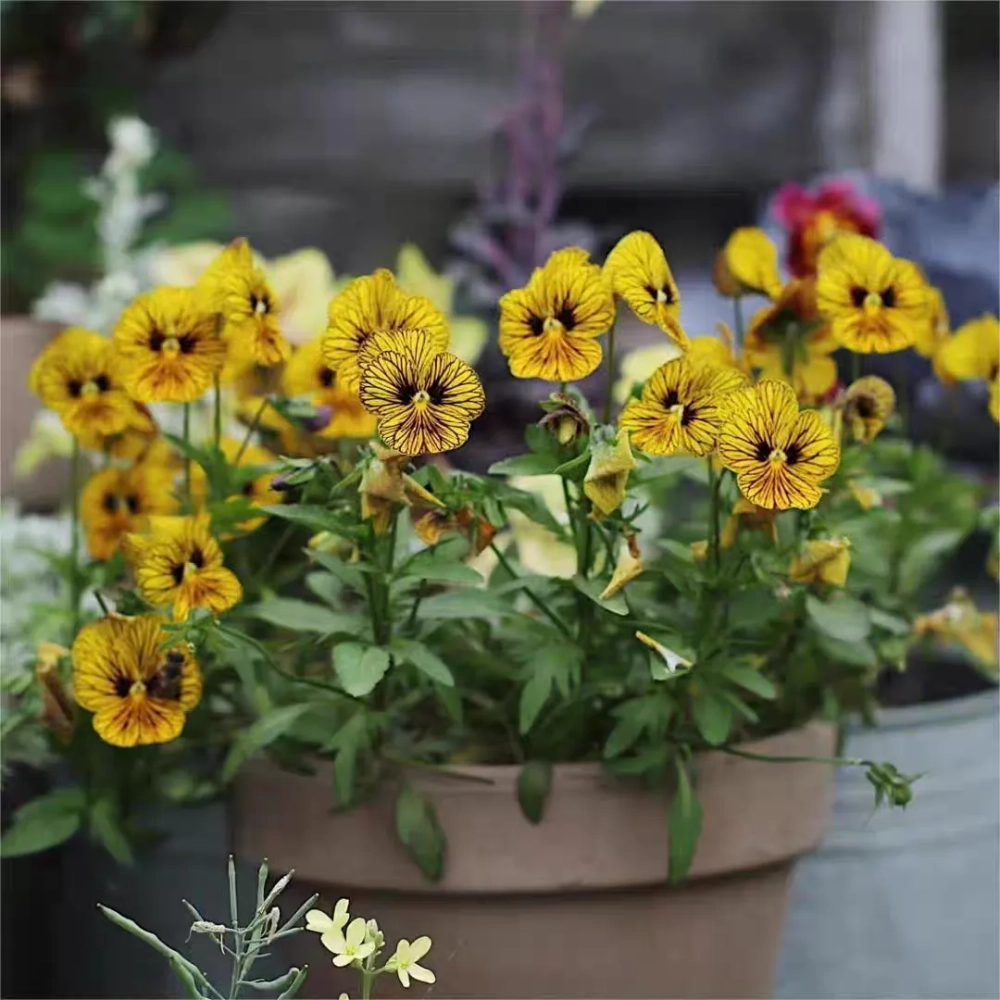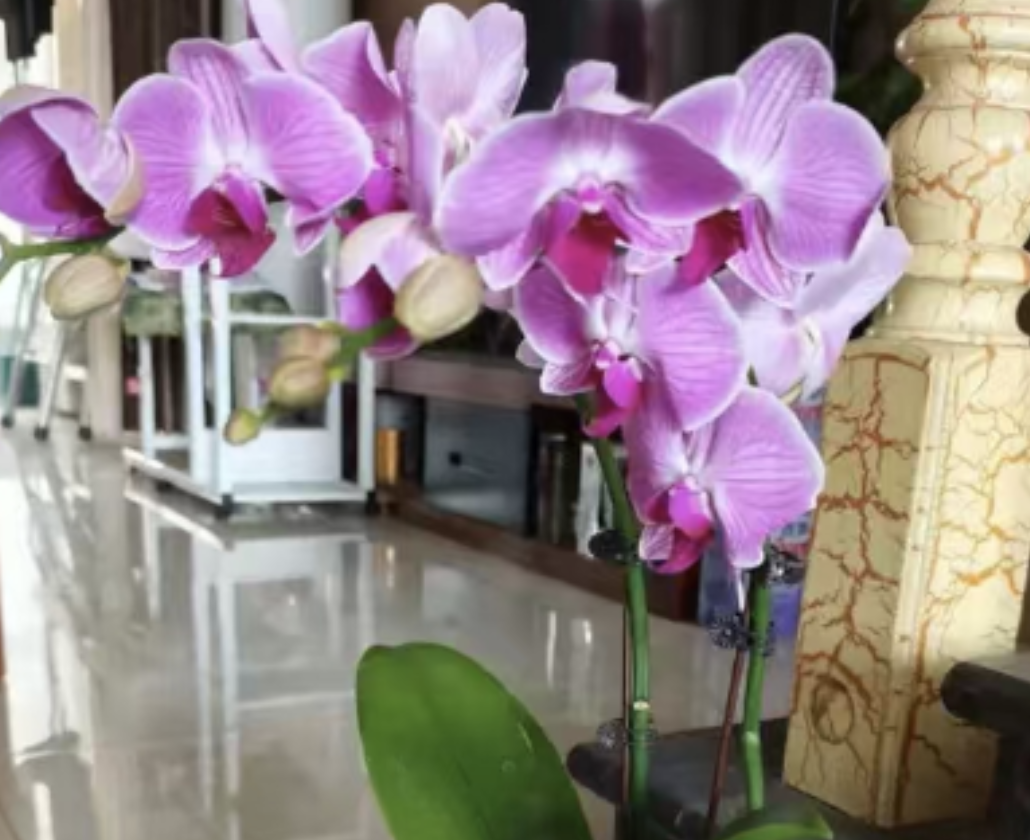In the colorful world of flowers, Viola cornuta stands out with its unique charm and has become a favorite among numerous gardening enthusiasts.
Viola cornuta, belonging to the genus Viola in the Violaceae family, is a perennial herbaceous plant that is often cultivated as an annual. Its plant is petite and delicate, usually only 10 to 30 centimeters in height, looking compact and orderly. The leaves are alternate, with shapes either oval or lanceolate, having serrated edges. The leaf color is dark green and the texture is tender. The flowers of Viola cornuta are even more exquisite and charming, with a flower diameter generally only between 2 to 4 centimeters. It has five petals in various shapes, some are flat, some are rounded, and some are wavy. The flower colors are rich and colorful, including red, yellow, white, purple, blue and so on. There are also many bicolor or multicolor varieties, just like a palette in the flower bed, gorgeous and colorful.
Although Viola cornuta is similar to Viola tricolor, there are also significant differences. In terms of flower size, the flowers of Viola tricolor are obviously larger, with a flower diameter reaching 6 to 10 centimeters, while the flowers of Viola cornuta are more petite and delicate. In the presentation of flower colors, each flower of Viola tricolor usually has three colors that are in sharp contrast, while the flower colors of Viola cornuta are softer, more elegant and more variable. In terms of leaf shape, the leaves of Viola tricolor are relatively wide and rounded, while the leaves of Viola cornuta are relatively slender.
The sowing time of Viola cornuta is quite flexible. The most suitable sowing period is from September to October in autumn. At this time, the temperature gradually cools down, which is beneficial to the germination of seeds and the growth of seedlings. After experiencing the low temperature vernalization in winter, Viola cornuta can bloom a large number of flowers in the coming spring. Of course, in regions with a mild climate, sowing in spring is also possible, but the flowering effect may be slightly inferior.
The planting and maintenance of Viola cornuta are not complicated. It prefers a cool environment with sufficient sunlight, has relatively strong cold tolerance and can endure light frost, but is not tolerant to high temperature. In the hot summer, it is necessary to provide appropriate shade and cooling to prevent poor growth or death of the plants. As for the soil, a neutral or slightly acidic soil that is fertile, well-drained and rich in organic matter should be chosen. Adequate base fertilizers, such as decomposed organic fertilizers or compound fertilizers, can be applied before planting.
When watering, the principle of "watering thoroughly when the soil is completely dry" should be followed to avoid waterlogging that may cause root rot. During the vigorous growth period, a thin liquid fertilizer can be applied every 1 to 2 weeks. Applying more phosphorus and potassium fertilizers before flowering is helpful for the differentiation of flower buds and the blooming of flowers. After flowering, the withered flowers should be pruned in time. This can not only prolong the flowering period and keep the plants beautiful, but also promote the germination of lateral branches and increase the number of subsequent flowers.
Viola cornuta can be used not only for the edge arrangement of flower beds and flower borders, but also for potted plants for ornamental purposes. Placed on balconies, windowsills and other places, it can add a touch of gorgeous colors to the home environment.
When should Viola cornuta be sown?

Share with
Tagged in :




Leave a Reply